ㄹ 때 Grammar
ㄹ 때 (or “l ttae”) is a grammar structure in Korean that is widely used to express the occurrence of an action or event in relation to a certain point in time. It is commonly translated as “when” in English, and it plays a significant role in the language, providing speakers with a versatile tool to convey various temporal meanings. In this article, we will explore the overview, usage, examples, and peculiarities of the ㄹ 때 grammar, while also addressing frequently asked questions and common errors associated with its usage.
ㄹ 때 Grammar Overview:
The ㄹ 때 grammar structure consists of the verb stem followed by the particle “ㄹ” (or “을/를” for verbs ending in a vowel or consonant, respectively), and then followed by the noun or pronoun representing the time or condition. It is used to denote the specific time or situation at which an action or event takes place.
ㄹ 때 Grammar’s Role and Meaning:
The primary role of the ㄹ 때 grammar is to indicate the time or condition under which an action or event occurs. It serves to establish a temporal relationship between two or more actions, highlighting the time frame in which they happen. The meaning of “ㄹ 때” can be interpreted as “when” or “at the time of,” effectively creating a link between the subject and the temporal element mentioned.
ㄹ 때 Grammar Usage and Examples:
The usage of the ㄹ 때 grammar is quite straightforward. It is attached to the verb stem and followed by the appropriate noun or pronoun representing the time or condition. Let’s take a look at some examples to illustrate its usage:
Example 1:
오늘 밤에 영화를 볼 때에는 팝콘을 사 주세요.
(When you watch the movie tonight, please buy some popcorn.)
Example 2:
친구와 함께 여행을 할 때에는 항상 즐겁습니다.
(Traveling with friends is always enjoyable.)
Example 3:
한국에 와서 제 가장 좋아하는 음식을 먹을 때마다 행복해요.
(I am happy whenever I eat my favorite food in Korea.)
ㄹ 때 Grammar’s Various Usages and Extensions:
While the primary function of ㄹ 때 grammar is to indicate the time or condition of an action, it can also be expanded to convey additional meanings. For instance, it can express habitual actions when used with adverbs like “항상” (always) or “자주” (often). Furthermore, when combined with other grammatical structures, such as “기 전에” (before) or “을 때마다” (every time), it allows for more nuanced expressions of time.
Peculiarities and Unique Usage Cases of ㄹ 때 Grammar:
One peculiar aspect of the ㄹ 때 grammar is its ability to be abbreviated to “을 때” in certain cases. This abbreviated form is commonly used when the verb stem ends in a vowel. For example:
Original Form: 말하다 → 말할 때 (When I speak)
Abbreviated Form: 먹다 → 먹을 때 (When I eat)
Another unique usage case of the ㄹ 때 grammar is its ability to express future time with the meaning of “when.” This usage emphasizes the certainty and inevitability of the action happening in the future. For example:
나는 결혼할 때에는 아이를 가질 거예요.
(When I get married, I will have a child.)
Common Errors and Solutions regarding ㄹ 때 Grammar:
One common error associated with the usage of the ㄹ 때 grammar is the confusion between “았/었을 때” and “N 때.” The former is used to indicate a specific past event, while the latter is used to express a general truth or a habitual action. To avoid this error, it is important to consider the context and intended meaning of the sentence.
In Conclusion:
ㄹ 때 grammar is a versatile and essential tool in the Korean language for expressing temporal relationships between actions or events. Understanding its usage and nuances can greatly enhance one’s ability to communicate effectively in Korean. By following the guidelines and examples provided in this article, you can further develop your proficiency in using the ㄹ 때 grammar with confidence and accuracy.
사용자가 검색한 키워드: ㄹ 때 grammar 았/었을 때 grammar, N 때 grammar, 으 ㄹ 때, 할 때 meaning, 기 전에 grammar, 때 meaning, 을 때마다 grammar, 을 때 meaning
Categories: Top 25 ㄹ 때 Grammar
Let’S Learn About ‘V/A-(으)ㄹ 때’ In Korean Grammar. [Eng Sub]
여기에서 자세히 보기: trainghiemtienich.com
았/었을 때 Grammar
The 았/었을 때 grammar is a crucial aspect of the Korean language. It is used to express past events or actions and plays a significant role in everyday conversations, writing, and formal speech. In this article, we will explore the intricacies of this grammar form and provide a comprehensive understanding of its usage.
Understanding 았/었을 때 Grammar:
았/었을 때 is a verb ending that indicates a past action or event. It is attached to the verb stem and follows the rules of conjugation based on the verb’s final consonant. If the final consonant is a batchim (a final consonant that can be paired with a vowel), such as ㅂ, ㄷ, ㅈ, ㄹ, ㅅ, or ㅆ, 았 is added. On the other hand, if the final consonant is a no-batchim consonant, such as ㅅ, ㅂ, or ㄹ, 을 is added.
Example Conjugations:
1. 가다 (to go) – 가(verb stem) + 았 + 을 때 = 갔을 때 (when I/you/he/she/it/we/they went)
2. 먹다 (to eat) – 먹(verb stem) + 었 + 을 때 = 먹었을 때 (when I/you/he/she/it/we/they ate)
3. 자다 (to sleep) – 자(verb stem) + 았 + 을 때 = 잤을 때 (when I/you/he/she/it/we/they slept)
Usage of 았/었을 때 Grammar:
1. Describing Past Events: 았/었을 때 is commonly used to narrate past experiences or occurrences. It emphasizes the past nature of the action or event and provides context.
Example: 어제 친구를 만났을 때, 행복했어요. (When I met my friend yesterday, I was happy.)
2. Expressing Cause and Effect: 았/었을 때 can be used to convey cause and effect relationships between past actions, events, or circumstances.
Example: 오늘 아침 일어났을 때, 비가 내렸어요. (When I woke up this morning, it was raining.)
3. Making Generalizations: 았/었을 때 can be utilized to express general statements about repeated or habitual actions in the past.
Example: 저는 어릴 때 항상 책을 읽었어요. (I always read books when I was young.)
FAQs (Frequently Asked Questions):
Q1: How do I know which verb ending to use, 았 or 었?
A1: The choice between 았 and 었 is based on the verb stem’s final consonant. If the final consonant is a batchim, such as ㅂ, ㄷ, ㅈ, ㄹ, ㅅ, or ㅆ, 았 is used. If the final consonant is a no-batchim consonant, such as ㅅ, ㅂ, or ㄹ, 을 is used.
Q2: Can 았/었을 때 be used in the past tense for negative verbs?
A2: No, 았/었을 때 can only be used for positive verbs. For negative verbs, the 았/었 is dropped, and the negative form -지 않은 때 (when it was not) is used instead.
Example: 갔을 때 (when I/you/he/she/it/we/they went) vs. 안 갔을 때 (when I/you/he/she/it/we/they didn’t go)
Q3: Can 았/었을 때 be used to talk about future actions or events?
A3: No, 았/었을 때 is exclusively used to express past actions or events. For future actions or events, alternative grammar forms should be used, such as -(으)ㄹ 때 (when I/you/he/she/it/we/they will).
Example: 갔을 때 (when I/you/he/she/it/we/they went) vs. 갈 때 (when I/you/he/she/it/we/they will go)
Q4: Is 았/었을 때 used in formal or casual speech?
A4: 았/었을 때 can be used in both formal and casual speech. However, in formal contexts, it is often replaced by more polite expressions, such as -(으)시(ㅂ)ㄹ 때.
Example: 가셨을 때 (when you/they (polite) left) vs. 갔을 때 (when I/you/he/she/it/we/they left)
In conclusion, mastering the 았/었을 때 grammar form is essential for expressing past actions or events in the Korean language. Whether you are describing personal experiences, stating cause and effect relationships, or making generalizations, the 았/었을 때 construction provides a clear framework for communicating in the past tense. With a solid understanding of its usage and the ability to conjugate it correctly, learners can enhance their Korean language skills and communicate with precision.
N 때 Grammar
Formation of N 때 Grammar:
N 때 is formed by attaching the noun form of a time expression, often preceded by a numeral, with the particle 때. The time expression can be a specific time of day, month, year, or even a general concept like “morning” or “summer.” The following examples illustrate the formation of N 때:
– 이번 주말에 (this weekend) + 때 = 이번 주말 때 (at/when this weekend)
– 2010년에 (in 2010) + 때 = 2010년 때 (at/when in 2010)
– 봄에 (in spring) + 때 = 봄 때 (at/when in spring)
Usage of N 때 Grammar:
N 때 can be used in various ways to indicate time and occurrence. Here are the most common usages:
1. Referring to Past Events:
When discussing past events, N 때 allows us to specify the exact time something occurred. For example:
– 지난주에 (last week) + 때, 너 어디 갔어? (When/where did you go last week?)
2. Referring to Future Events:
Similarly, N 때 can be used to talk about upcoming events. Here’s an example:
– 몇 시에 (at what time) + 때, 만나자. (Let’s meet at what time/on what day?)
3. Comparing Different Time Periods:
N 때 is also useful for comparing different time periods. This helps highlight changes or differences between past and present, often denoting improvement or deterioration. For instance:
– 작년에 (last year) + 때와 비교해 올해는 확실히 나아졌다. (This year has definitely improved compared to last year.)
Common Misconceptions:
While N 때 is a relatively straightforward grammar structure, there are a few common misconceptions that learners often encounter. Let’s clarify those now:
1. Exclusive Mention of When:
Contrary to what some may believe, N 때 doesn’t exclusively focus on the time itself. It adds temporal specificity to sentences, but it can also indicate other variables like location or circumstances. For instance:
– 여름 때 한국에 오면 햇빛이 너무 강해요. (When you come to Korea in the summer, the sunlight is too strong.)
2. Use of Particle -에 with N 때:
Another misconception is the confusion between using -에 with N 때. While -에 is commonly used to indicate time, it is not used in conjunction with N 때. N 때 alone is sufficient to indicate time and occurrence.
Frequently Asked Questions:
1. Q: Are there any restrictions on what nouns can be used with N 때?
A: Generally, any noun related to time can be combined with N 때. However, it’s worth noting that some nouns may sound unnatural when used with N 때, so it’s advisable to consult native speakers or language resources for guidance.
2. Q: Can N 때 be used interchangeably with other time indicators like -에, -에는, or -에게?
A: While N 때 conveys a similar meaning to these time indicators, it cannot be used interchangeably. Each has its specific usage, and using the wrong particle can lead to incorrect grammar or confusion.
3. Q: Is N 때 exclusively used in declarative sentences?
A: No, N 때 is not restricted to declarative sentences only. It can be used in various sentence types, including interrogative and imperative sentences. The key is to appropriately modify the verb or sentence structure to match the intended meaning.
In conclusion, N 때 is a vital grammar structure in the Korean language for expressing time and occurrence. By understanding its formation, proper usage, and debunking common misconceptions, learners can effectively incorporate this structure into their conversations. Remember to practice and seek clarification when unsure to enhance your proficiency in using N 때 grammar in Korean.
주제와 관련된 이미지 ㄹ 때 Grammar
![Let's learn about 'V/A-(으)ㄹ 때' in korean grammar. [ENG sub] Let's learn about 'V/A-(으)ㄹ 때' in korean grammar. [ENG sub]](https://trainghiemtienich.com/wp-content/uploads/2023/06/hqdefault-47.jpg)
ㄹ 때 grammar 주제와 관련된 이미지 30개를 찾았습니다.
![Korean grammar] N 때, A/V-(으)ㄹ 때 Time Expressions - Say Hi Korean Korean Grammar] N 때, A/V-(으)ㄹ 때 Time Expressions - Say Hi Korean](https://2.bp.blogspot.com/-tHMOG9wEFGc/W9VppipoYFI/AAAAAAAABlU/-_YU-hoGQF4Rj9tMrtAMvxo0FCK-Y0eegCLcBGAs/s640/43.2.jpg)
![eng)Korean Basic Grammar [A/V-(으)ㄹ 때] / 한국어 기초 문법 [A/V-(으)ㄹ 때] / Learning Korean /한국어 배우기 - YouTube Eng)Korean Basic Grammar [A/V-(으)ㄹ 때] / 한국어 기초 문법 [A/V-(으)ㄹ 때] / Learning Korean /한국어 배우기 - Youtube](https://i.ytimg.com/vi/G4erQKYP-tw/mqdefault.jpg)


![TOPIK II 쓰기] '내가 생각하는 행복'이라는 제목으로 글을 쓰십시오. - Sayhikorean Topik Ii 쓰기] '내가 생각하는 행복'이라는 제목으로 글을 쓰십시오. - Sayhikorean](https://sayhikorean.com/wp-content/uploads/2021/10/252725EB258225B425EA25B025802B25EC2583259D25EA25B0258125ED2595259825EB258A25942B25ED2596258925EB25B325B52527.jpg)
![Let's learn about 'V/A-(으)ㄹ 때' in korean grammar. [ENG sub] - YouTube Let'S Learn About 'V/A-(으)ㄹ 때' In Korean Grammar. [Eng Sub] - Youtube](https://i.ytimg.com/vi/b0mIV8UevQs/sddefault.jpg)
![Korean grammar] V-(으)면서 Time Expressions - Sayhikorean Korean Grammar] V-(으)면서 Time Expressions - Sayhikorean](https://sayhikorean.com/wp-content/uploads/2021/10/44.2.jpg)
![Phân biệt] 았/었을 때 với 을/ㄹ 때 Phân Biệt] 았/었을 때 Với 을/ㄹ 때](https://blogkimchi.com/wp-content/uploads/2020/11/%EC%95%98%EC%97%88%EC%9D%84-%EB%95%8C-va-%EC%9D%84%E3%84%B9-%EB%95%8C.png)
![Korean Grammar in One Minute - When [(으)ㄹ 때] - YouTube Korean Grammar In One Minute - When [(으)ㄹ 때] - Youtube](https://i.ytimg.com/vi/11FtzSm-z5E/maxresdefault.jpg)



![한국어문법교수법] '-(으)면, -(으)ㄹ 때' 교육 : 네이버 블로그 한국어문법교수법] '-(으)면, -(으)ㄹ 때' 교육 : 네이버 블로그](https://mblogthumb-phinf.pstatic.net/MjAyMTA3MTlfMTk1/MDAxNjI2NjcxMjk3NTM5.VbKWl-ph1bTUoGWBhIrk2dRL47AV2rS8mazu28cLbpYg.8FJDQzeKjf-tMfv6qNUn7ES9Ny7RgNa4MixokAOmkuAg.JPEG.greyyyyyy/SE-f4fe5de0-e7d1-45ac-a6c6-ddd9affc09a5.jpg?type=w800)
![Korean grammar] N 때, A/V-(으)ㄹ 때 Time Expressions - Sayhikorean Korean Grammar] N 때, A/V-(으)ㄹ 때 Time Expressions - Sayhikorean](https://sayhikorean.com/wp-content/uploads/2021/10/55564417_405154926963037_1003078509490339840_n-1.jpg)
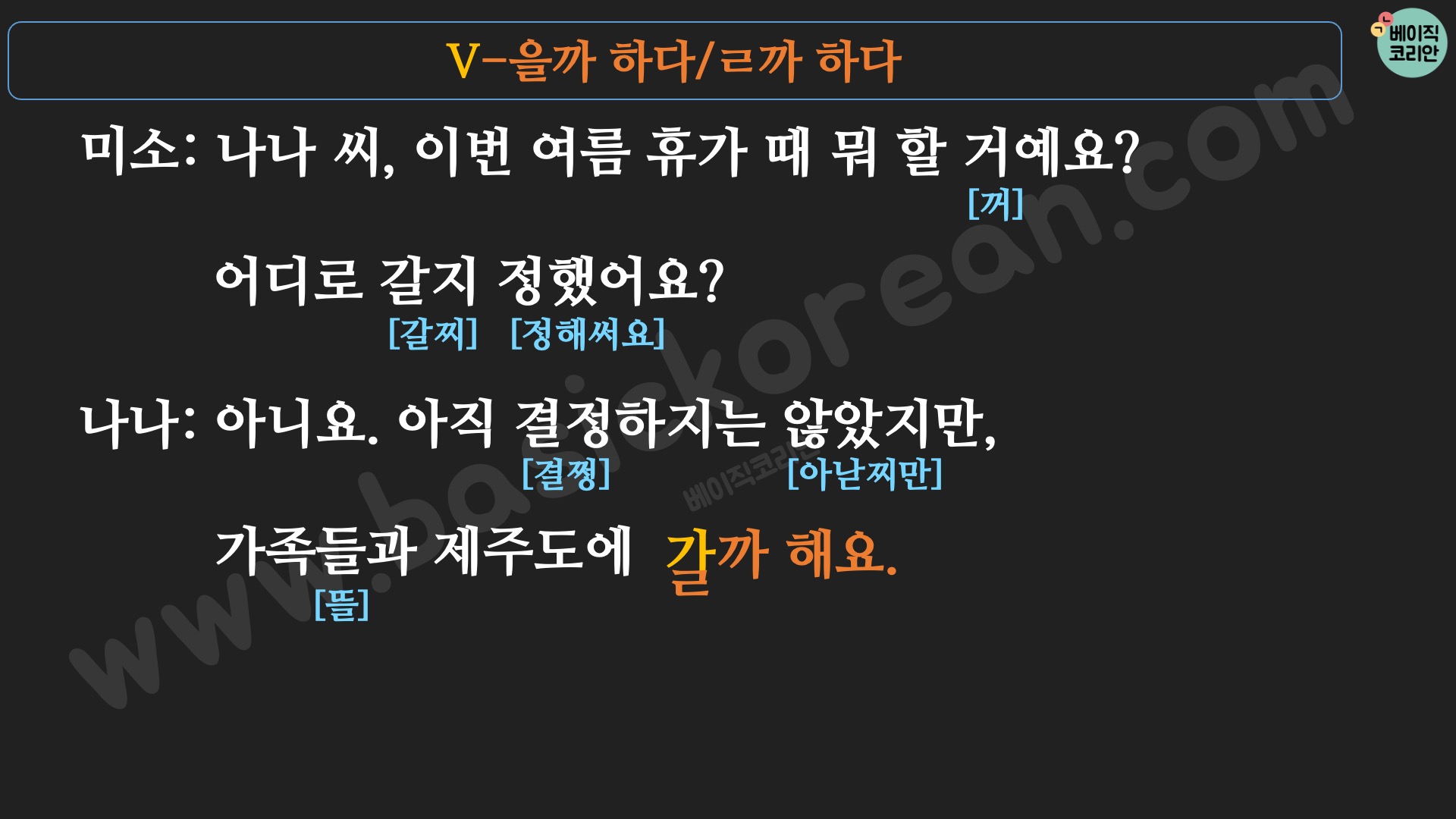
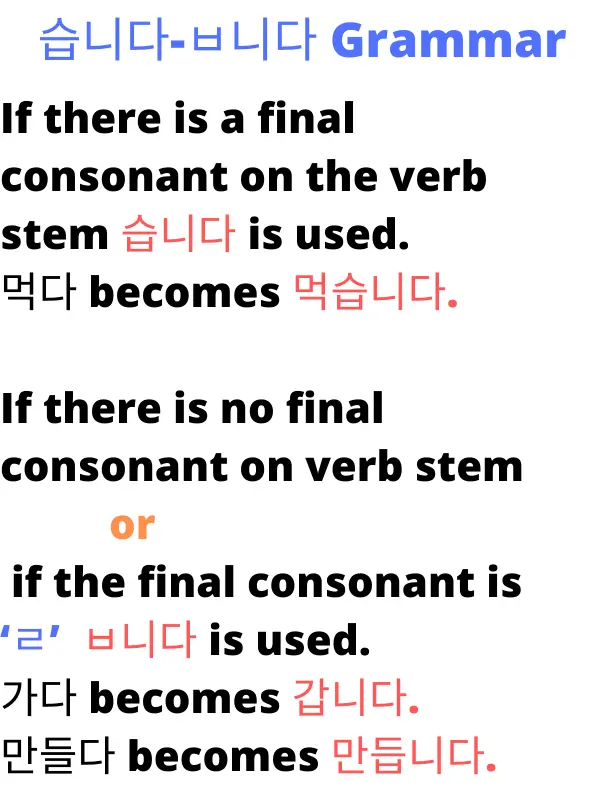





![Sách màu] Kyung Hee Grammar - 경희 한국어 문법 2 | Sachtienghan.com - Chuyên sách tiếng Hàn (Giáo trình, ôn thi Topik, Opic ) Sách Màu] Kyung Hee Grammar - 경희 한국어 문법 2 | Sachtienghan.Com - Chuyên Sách Tiếng Hàn (Giáo Trình, Ôn Thi Topik, Opic )](https://bizweb.dktcdn.net/100/318/046/products/grammar-color-2-strength-300dpi0007-watermark.jpg?v=1625837950830)


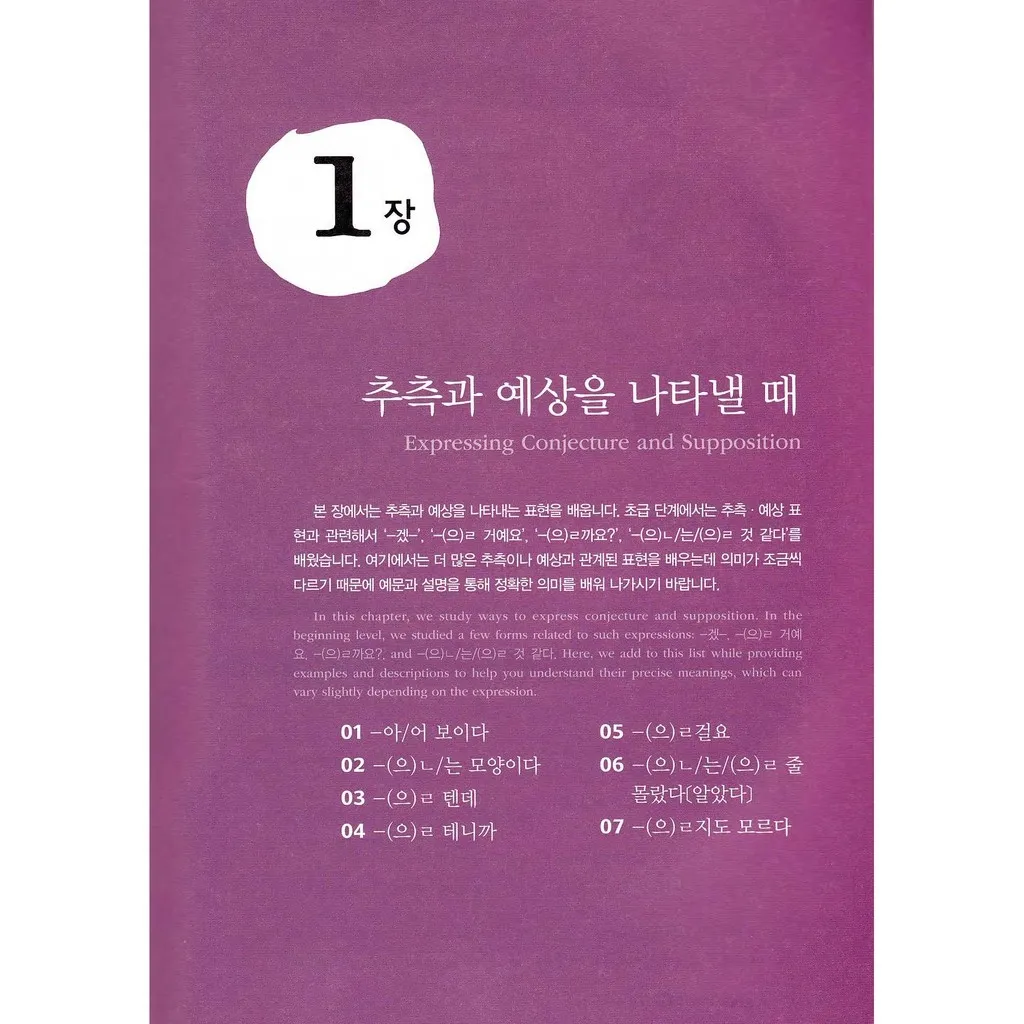




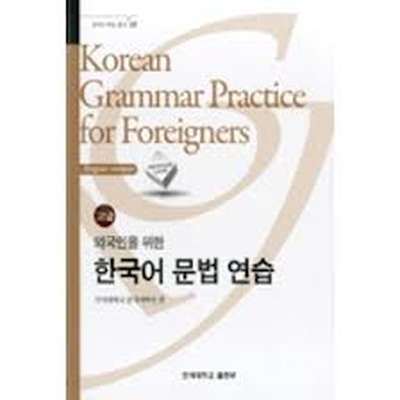
![Bản Màu] SBT Bussiness cho người Việt Nam Sơ cấp - 베트남인을 위한 비즈니스 한국어 초급활용 | Sachtienghan.com - Chuyên sách tiếng Hàn (Giáo trình, ôn thi Topik, Opic ) Bản Màu] Sbt Bussiness Cho Người Việt Nam Sơ Cấp - 베트남인을 위한 비즈니스 한국어 초급활용 | Sachtienghan.Com - Chuyên Sách Tiếng Hàn (Giáo Trình, Ôn Thi Topik, Opic )](https://bizweb.dktcdn.net/100/318/046/products/new-bussiness-tv-so-cap-page-015.jpg?v=1652254490080)
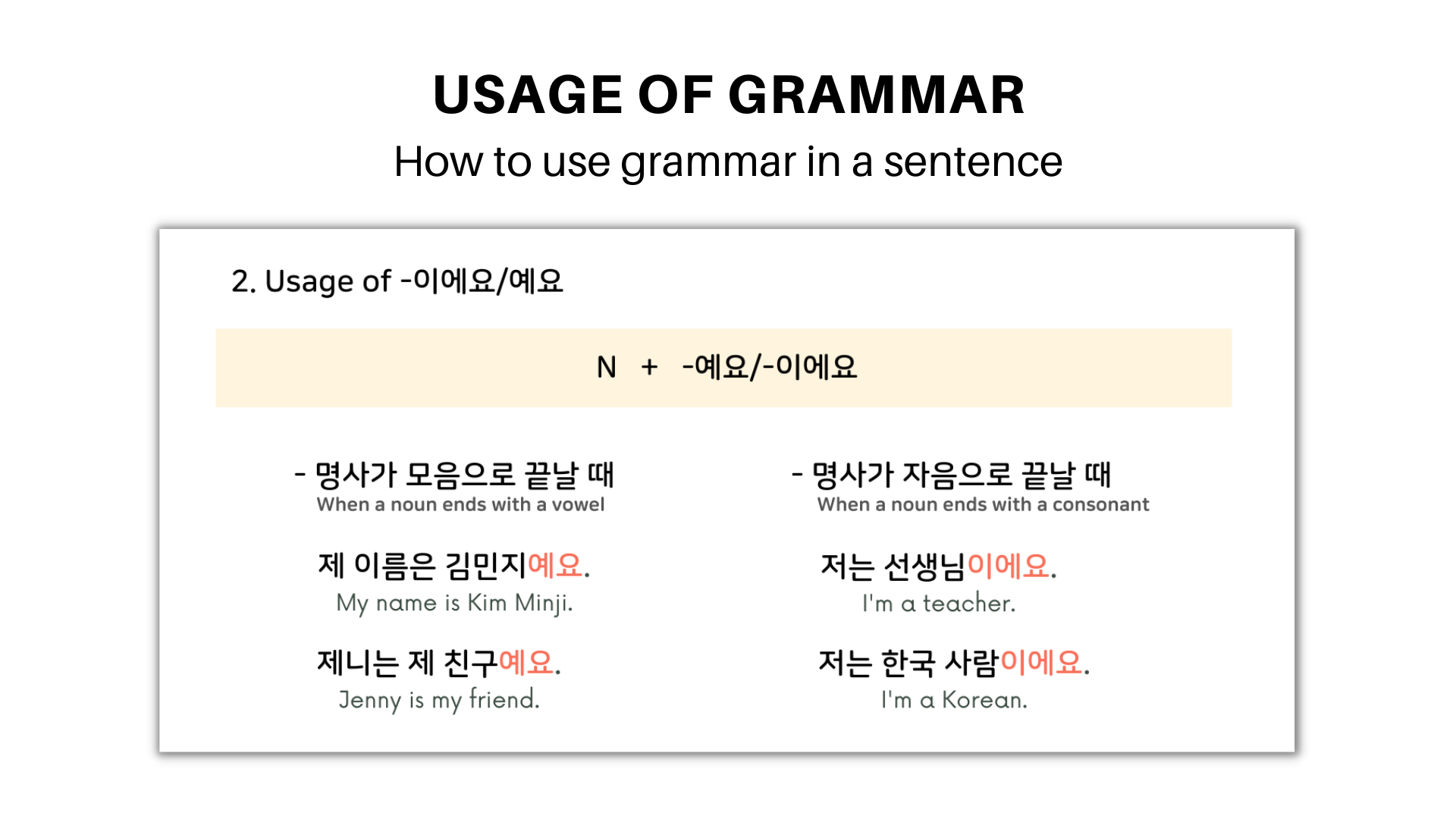


![Korean grammar] 'ㄹ' 불규칙 (Irregular Conjugation) - Sayhikorean Korean Grammar] 'ㄹ' 불규칙 (Irregular Conjugation) - Sayhikorean](https://2.bp.blogspot.com/--GyH2Tu_4NQ/W_DpX5EZ_9I/AAAAAAAAB68/GR-3U8zFdMAz8P7hhgiIrL4oRcL7zVjNACLcBGAs/s1600/107.1.jpg)




Article link: ㄹ 때 grammar.
주제에 대해 자세히 알아보기 ㄹ 때 grammar.
- Lesson 42: When one does: ~ㄹ/을 때 – How to Study Korean
- N 때, A/V-(으)ㄹ 때 grammar = when, during ~express the time …
- Noun – 때 and Verb – (으)ㄹ 때 [ Korean Grammar ]
- Lesson 47: 때, (으)ㄹ 때
- A/V-(으)ㄹ 때 Korean grammar
- [Learn Korean E43] “-(으)ㄹ 때”, “-았/었을 때”, “-(으)ㅂ시다”
- [Korean grammar] N 때, A/V-(으)ㄹ 때 Time Expressions
- (으)ㄹ 때 – Korean Wiki Project
- ‘-ㄹ 때’: Naver Korean-English Dictionary